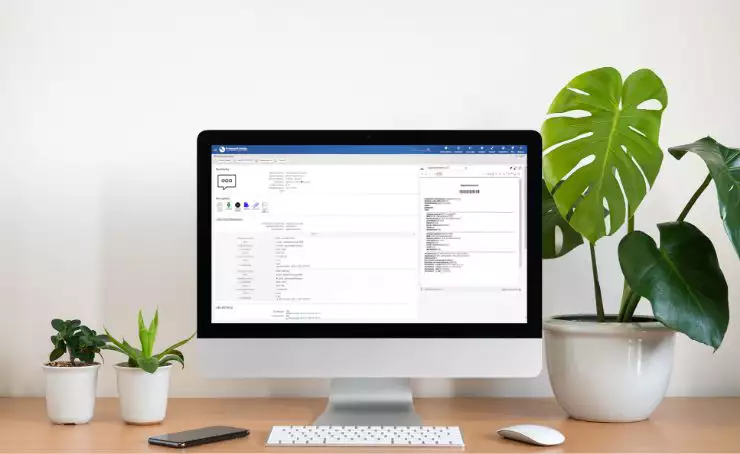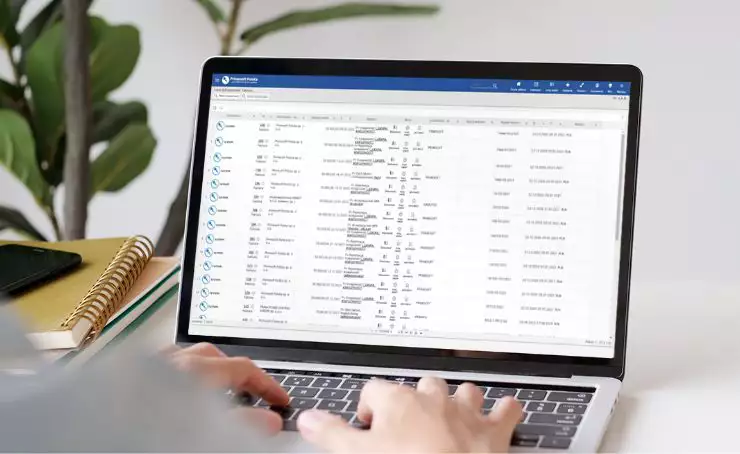
The digitization of accounting ensures the efficient work of accountants.
Digitizing accounting processes means automating many processes in the area of cost document management, as well as changing the habits of employees, improving work standards, and modifying the scope of activities performed.
Replacing paper-based document handling with electronic workflow systems will allow efficient online document management, minimize the risk of losing documents, and solve the issue of late payments.
Digitization will optimize expenses, modernize work, and, above all, differentiate the company from its competitors.
Accounting departments operating in the traditional way process invoices in paper form. Invoice data is entered manually into the accounting system. It is time-consuming and numerous errors may occur. Performance drops, data security is questionable, and the risk of error is rather certain. Moreover, archiving this document is time-consuming and requires having adequate space, and this is an additional cost. And losing invoices? This is a problem in many companies.


How has digitization changed operations in accounting?
IT systems available on the market are increasingly automating accounting processes and moving them into the virtual world.
An example is the V-Desk platform, which is an electronic document workflow system that allows the implementation of key steps in the cost document workflow process, including:
1. Document registration.
The document enters the system automatically by scanning and using OCR functionality. The document data is not entered manually, as the OCR application reads it automatically from the invoices (dates, amounts, bill numbers, etc.).
2. Electronic document workflow.
With the implementation of an electronic document workflow, the company reduces several times the time it takes to register, verify and post invoices and process payments. In addition, it has control over the entire process, which can be optimized on an ongoing basis.
Electronic versions of documents automatically reach selected users, and specific tasks to be performed are directed at the right time to the appropriate employees at a given stage of implementation. Everything happens electronically.
Electronic documents do not require physical copying, storage and transportation. In addition, they guarantee control over the flow of information and provide greater security. At any time, information is available on who has the invoice and how long it has been in that person’s possession.
3. Systems integration.
Integration is an important element when implementing process management and document workflow systems. The user has the option of downloading from the FK or ERP system to the workflow system the data about contractors or the chart of accounts, and further in the EODsystem makes the description and posting of the invoice to the appropriate accounts.
The electronic document workflow ensures a complete streamlining of the handling of cost document workflow processes.

Many additional benefits of electronic cost document workflow platforms can be identified:
- increased efficiency of document processing
- all documents are stored in one place
- payment control
- settlement reports available in real time
- full records of document views, readings and changes
- elimination of local archives – local copies of documents
- faster and cheaper accounting
- greater availability of accountants
- data transfer security
- elimination of the problem of lost documents
- protection against data loss



